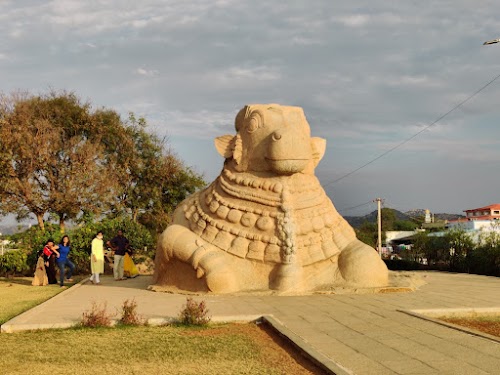
Discover Incredible Places in Lepakshi
Explore our handpicked collection of breathtaking destinations across India
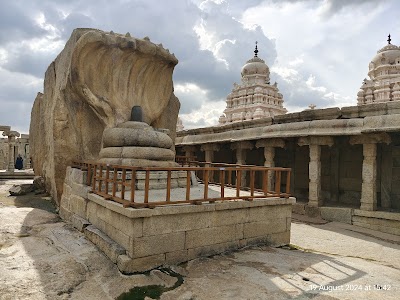
Monolithic Nagalinga
The Monolithic Nagalinga at Lepakshi is a breathtaking sculpture of a multi-headed cobra coiled around a Shiva Linga. Carved from a single granite stone, it showcases remarkable craftsmanship and is considered one of the finest examples of Vijayanagara art. The sculpture's intricate details and sheer scale are awe-inspiring. It is located near the Veerabhadra temple and is a must-see for visitors to Lepakshi. The Nagalinga stands as a testament to the skill and devotion of the artisans of that era. The seven-headed cobra provides a divine protection to the Shiva Linga.
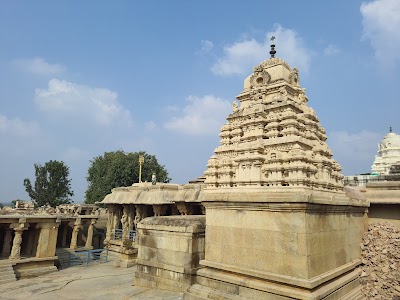
Veerabhadra Temple
The Veerabhadra Temple, located in Lepakshi, Andhra Pradesh, is a stunning example of Vijayanagara architecture. Dedicated to Lord Veerabhadra, a fierce form of Lord Shiva, the temple is renowned for its intricate carvings and hanging pillar. The temple complex features a monolithic Nandi bull, exquisite murals depicting scenes from Hindu epics, and a captivating multi-pillared dance hall. Visitors are mesmerized by the artistic detailing, particularly the sculptures of gods, goddesses, musicians, and dancers. It's a must-see for history buffs and art enthusiasts alike.

Nandi Bull
The Nandi Bull at Lepakshi is a colossal monolithic sculpture, carved from a single granite stone. It stands as a magnificent example of Vijayanagara architecture and craftsmanship. This massive sculpture, measuring approximately 27 feet in length and 15 feet in height, is a marvel to behold. The bull is depicted in a relaxed pose, with intricate detailing on its body, including the muscles, ornaments, and facial features. The sheer size and the precision of the carving make it an awe-inspiring sight for visitors. It's one of the largest Nandi sculptures in India and a must-see attraction in Lepakshi.
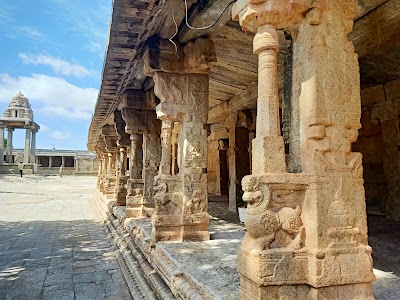
Lepakshi Temple Complex
The Lepakshi Temple, also known as the Veerabhadra temple, is a marvel of Vijayanagara architecture. Famous for its hanging pillar, intricate carvings, and vibrant murals, it's a must-visit for history buffs and art enthusiasts. The temple complex includes shrines dedicated to Veerabhadra, Vishnu, and Papanasheshwara, showcasing a blend of religious and artistic expression. The monolithic Nandi bull sculpture is another highlight, adding to the site's grandeur. Explore the various mandapas and discover the stories etched in stone.
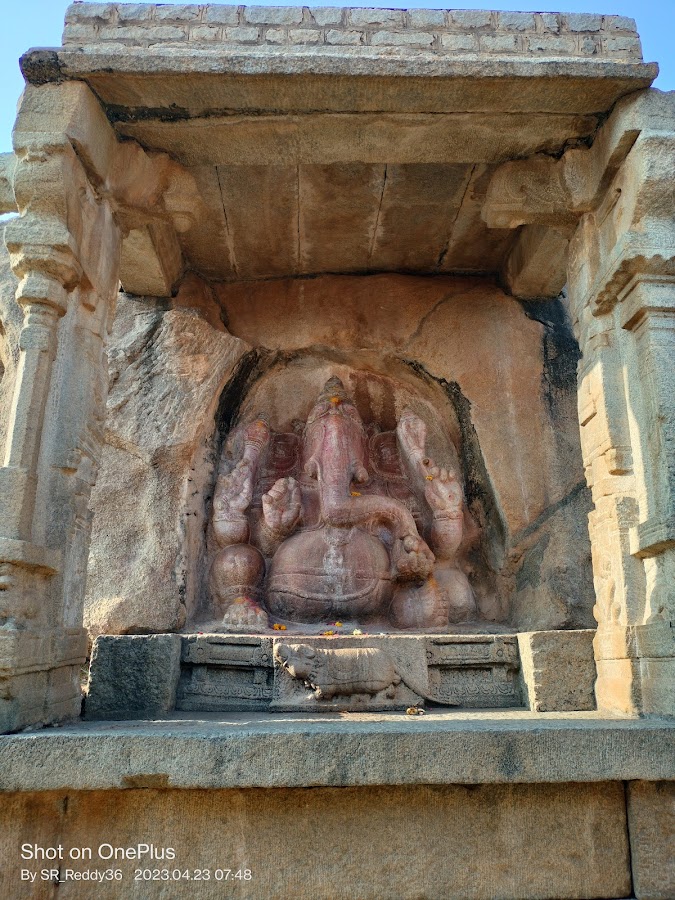
Ganesha Statue
The Ganesha statue at Lepakshi is a monolithic marvel carved from a single granite boulder. It is a significant example of Vijayanagara-era sculpture. The statue is located within the Veerabhadra temple complex and is known for its impressive size, intricate detailing, and serene expression. Devotees and tourists alike are drawn to its artistic beauty and spiritual significance. The statue portrays Ganesha in a seated posture with his characteristic elephant head, large belly, and multiple arms holding various symbolic objects. It is a must-see for anyone visiting Lepakshi.
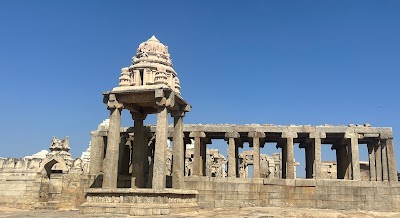
Hanging Pillar
The Hanging Pillar of Lepakshi is a marvel of engineering and architecture, seemingly defying gravity. This pillar, one of the 70 pillars in the Veerabhadra temple, is slightly detached from the ground, allowing visitors to pass thin objects like a cloth underneath. It's a testament to the skill of the artisans of the Vijayanagara period. The temple itself is adorned with intricate carvings and murals, adding to the allure of this historical site. It's a must-see for anyone visiting Lepakshi, offering a unique and unforgettable experience.
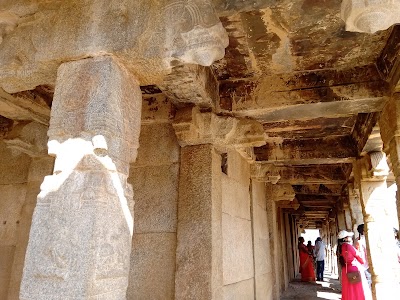
Durga Padam
Durga Padam, also known as the 'footprint of Goddess Durga,' is a significant rock formation in Lepakshi, India. It's a large, naturally occurring depression in the rock resembling a footprint, revered by locals. Pilgrims and tourists visit this spot to witness this unique geological feature and pay homage. The area offers a serene atmosphere, surrounded by other historical sites, making it a compelling stop on a Lepakshi tour. While not a temple itself, it holds spiritual importance and is often included in religious circuits.